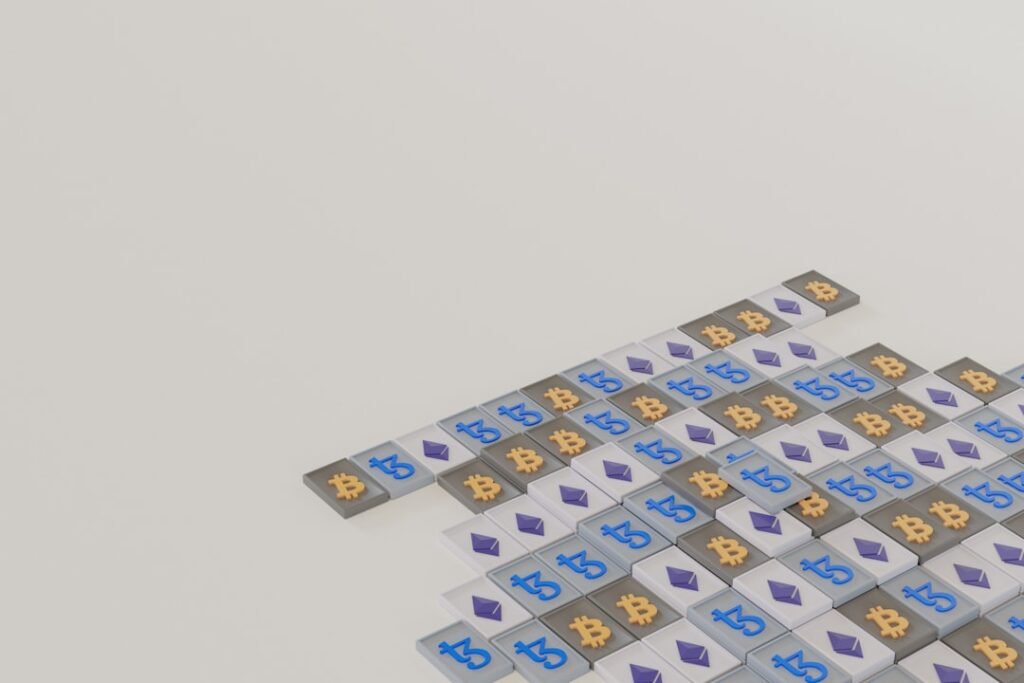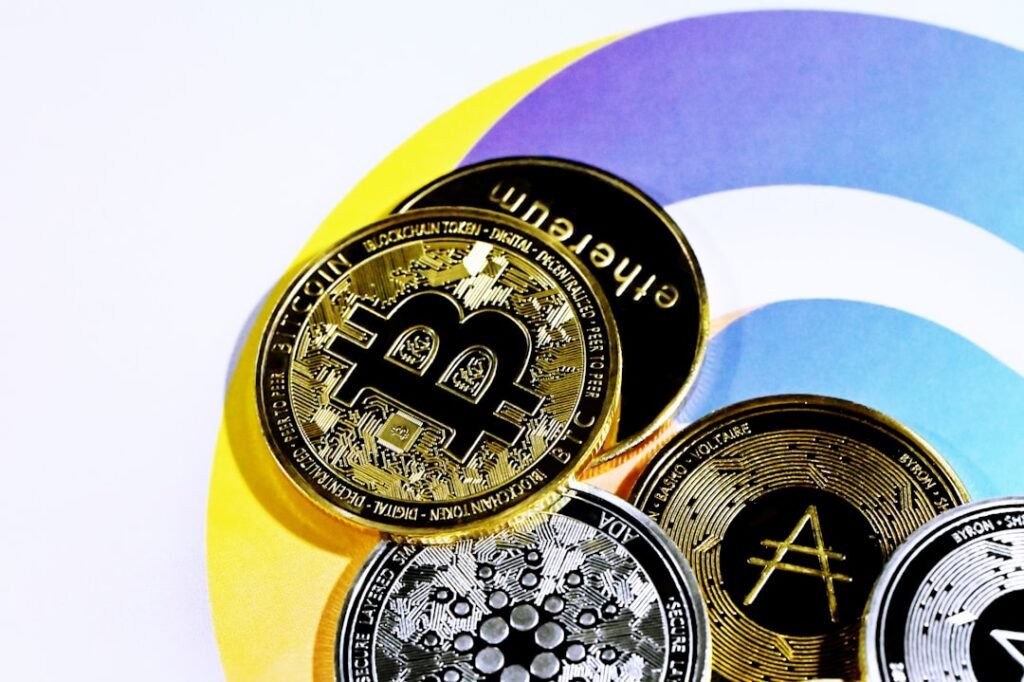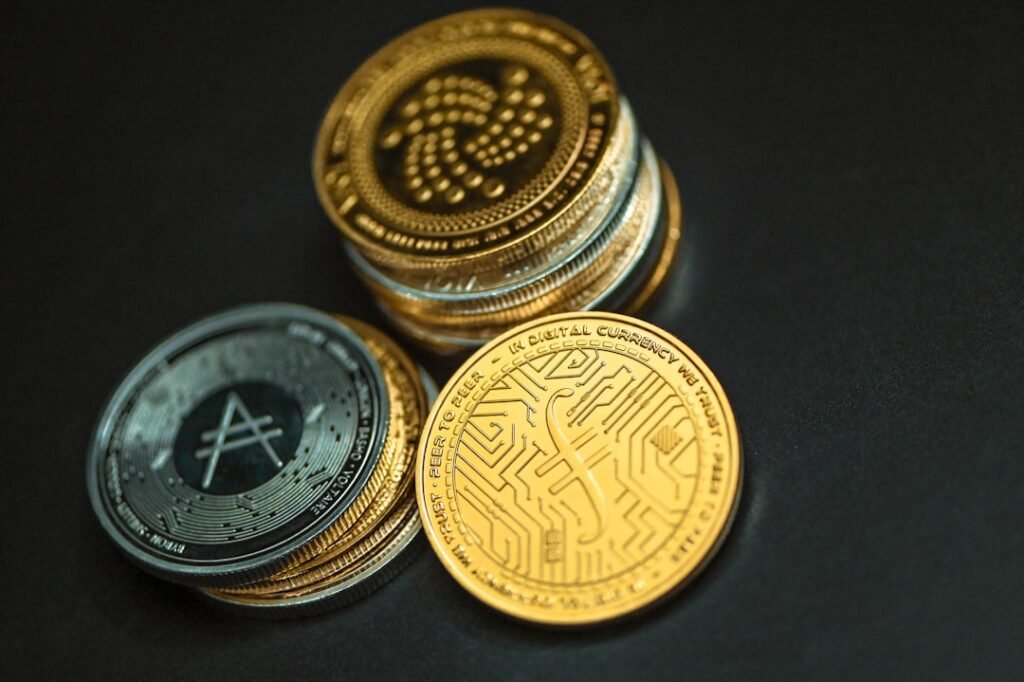Demystifying Blockchain: The Engine Behind Secure Digital Transactions
Imagine a world where every transaction is transparent, secure, and free from third-party interference. This isn’t science fiction—it’s the reality blockchain technology is building today. At its core, blockchain is a shared, immutable ledger that revolutionizes how we record transactions and track assets. From tangible assets like houses and cars to intangible ones like patents and digital identities, blockchain provides a tamper-proof system that reduces risk and slashes costs.
Why Blockchain Changes Everything
Businesses thrive on accurate, real-time information. Blockchain delivers precisely that: immediate, observable data stored on a ledger accessible only to permissioned network members. This single source of truth lets participants track orders, payments, and production seamlessly, fostering unprecedented efficiency and trust.
The Anatomy of a Blockchain
1. Blocks: The Data Containers
Every transaction is recorded as a "block" of data. Each block captures essential details:
- What: Asset details (e.g., product serial numbers, intellectual property).
- Who: Parties involved.
- When/Where: Timestamps and locations.
- Condition: Contextual data (e.g., temperature of shipped goods).
2. Hashes: The Digital Fingerprints
A hash is a unique cryptographic code generated from a block’s data. It acts like a digital fingerprint:
- Even a minor data change alters the hash entirely.
- Hashes enable tamper detection—any manipulation breaks the chain.
- Common algorithms like SHA-256 ensure mathematical irreversibility and collision resistance.
3. Chains: The Unbreakable Sequence
Blocks link chronologically through hashes:
- Each block stores its hash و the previous block’s hash.
- This creates an immutable chain—altering one block requires recalculating every subsequent hash, a near-impossible feat on decentralized networks.
- The first block (the Genesis Block) anchors the entire chain.
The Pillars of Blockchain Security
✅ Distributed Ledger Technology
- Every network participant holds an identical ledger copy.
- Transactions record once, eliminating duplicate efforts and reconciliation.
✅ Immutable Records
- No participant can edit past transactions.
- Errors are reversed by adding new transactions—both remain visible.
✅ العقود الذكية
- Self-executing agreements automate processes (e.g., releasing payments when conditions are met).
- Stored directly on the blockchain, they enforce transparency and speed.
How Blockchain Works in Practice
- Transaction Initiation: A user triggers an action (e.g., sending cryptocurrency).
- Block Formation: Transactions pool into a block.
- Consensus Validation: Network nodes validate the block (via Proof of Work or Proof of Stake).
- Chaining Blocks: Valid blocks link to the chain using cryptographic hashes.
- Finality: After multiple confirmations (e.g., 6 blocks in Bitcoin), transactions become irreversible.
Why Industries Are Betting on Blockchain
🔒 Trust Through Transparency
- Members see end-to-end transaction histories, eliminating disputes.
- Data is shared only with authorized participants.
⚡ الكفاءة التشغيلية
- Removes intermediaries (e.g., banks, auditors), reducing costs and delays.
- Smart contracts automate manual processes.
🛡️ أمان لا مثيل له
- Decentralization prevents single-point failures.
- Consensus mechanisms and cryptography deter hacking.
Types of Blockchain Networks
| النوع | Access | Use Case |
|---|---|---|
| Public | Open to all (e.g., Bitcoin) | Transparent, trustless systems |
| Private | Controlled by one organization | Internal enterprise processes |
| Permissioned | Invitation-only participants | Business collaborations |
| الكونسورتيوم | Governed by multiple organizations | Industry-wide standards (e.g., supply chains) |
Real-World Applications Beyond Cryptocurrency
- Supply Chains: Track goods from farm to shelf (e.g., IBM Food Trust).
- الرعاية الصحية: Securely share medical records without compromising privacy.
- التصويت: Prevent fraud via immutable, auditable ballots.
- Property Records: Eliminate title disputes with transparent ownership trails.
- الهوية الرقمية: Give unbanked populations access to financial services.
Navigating Challenges
⚖️ Scalability & Speed
- Bitcoin processes ~7 transactions/second; Visa handles 65,000.
- Solutions: Layer-2 protocols, sharding, and PoS consensus (e.g., Ethereum upgrades).
🔋 Energy Consumption
- Bitcoin mining uses more energy than some countries.
- Solutions: Transition to PoS, renewable energy-powered mining.
🧩 Regulatory Uncertainty
- Governments grapple with classifying cryptocurrencies and enforcing cross-border laws.
💾 Storage Demands
- Bitcoin’s blockchain exceeds 600GB and grows daily.
The Future: A Decentralized Horizon
Blockchain’s potential stretches far beyond finance:
- الترميز: Real-world assets (art, real estate) represented as NFTs.
- AI Integration: Smart contracts automating complex decisions.
- Global Inclusion: Banking the 1.4 billion unbanked adults worldwide.
As industries from healthcare to energy adopt blockchain, we’re witnessing a paradigm shift—from centralized control to collaborative, transparent networks where trust is engineered into every interaction.
"Blockchain isn’t just a technology; it’s a manifesto for a fairer, more accountable digital world."











